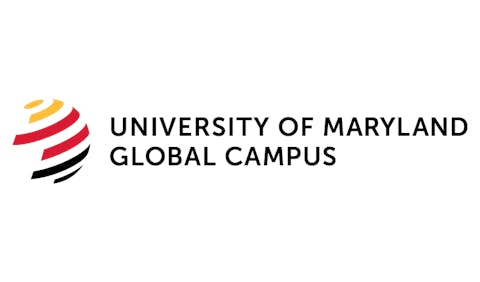Completing college should not be synonymous with a “roll of the dice,” but too often it is. How many of us were asked during college orientation to look to the left and right of us, because only one of the three of you was going to make it to graduation? Given our national goal to be the top-ranked country in the world in college degrees by 2020, can we afford to maintain such a cavalier attitude to “weeding” out students?
The reality is we need more students to complete their degrees. And leaving degree completion to chance has not yielded the educational success we claim to need for our economic competitiveness. In 2008, 14 percent of those 18-24 years of age had a college degree and 37 percent had some college and no degree.
Now, it is safe to assume that many in this cohort are still enrolled in college and hopefully more will complete their degree before they turn 25. However, data also suggest many who enroll do not complete their programs. For example, 17 percent of adults who were 25 and over had some college but no degree. How would we rank internationally if these potential college graduates completed their education?
How much attrition is acceptable? I have no doubt there are those in higher education and in policy positions who believe weeding out students is still important and helps to discern who can cut it in higher education. Valid enough, but I don’t think we have done enough to examine what we are doing at our institutions or in our broader higher education policy to either support or deter students from completing college.
Many of our programs and policies are focused on college access. We assume getting students enrolled is sufficient to ensure completion. Once enrolled, we are basically telling a student, Que vayas con dios (“May you go with God.”). We did our part facilitating your access. The rest is up to you. Well, if the national goals of degree completion are to be attained, focusing solely on helping students get into college is not good enough.
This is not to say that students don’t have a role and responsibility for persisting to degree completion, but we have to acknowledge that increased college costs, limited institutional capacity, complex financial aid policies, lack of academic and support services, limited course offerings and inconsistent retention practices at institutions of higher education play a role in the lack of college completion. And this convergence of challenges is occurring at the same time the Latino college-age population is growing more rapidly than other groups.
Some policymakers are doing their part to make completion by design and not by chance. For example, institutional leaders at Metropolitan State College of Denver recognize the need to improve student retention without decreasing access and are ensuring they pay attention to their Latino population as they implement new retention practices. Further, Philadelphia Mayor Michael Nutter just announced plans to open a new office to help more residents go to college and complete their degree. Part of his efforts include addressing financial need by creating more scholarships for residents who attend nearby colleges or universities. These are two of a limited, but growing number of examples to realign our policy priorities to ensure college completion is by design and not by chance.
Deborah A. Santiago is the vice president for policy and research at Excelencia in Education.



















